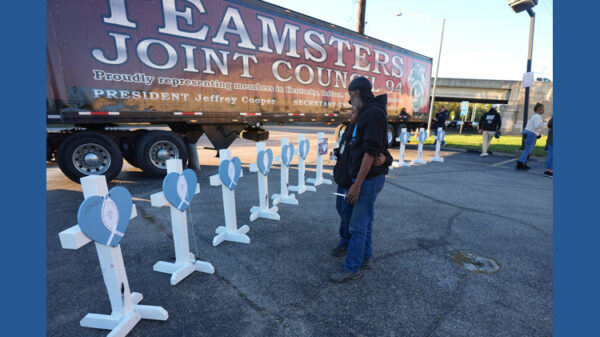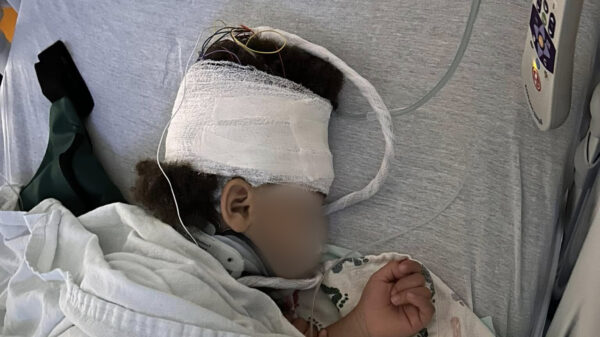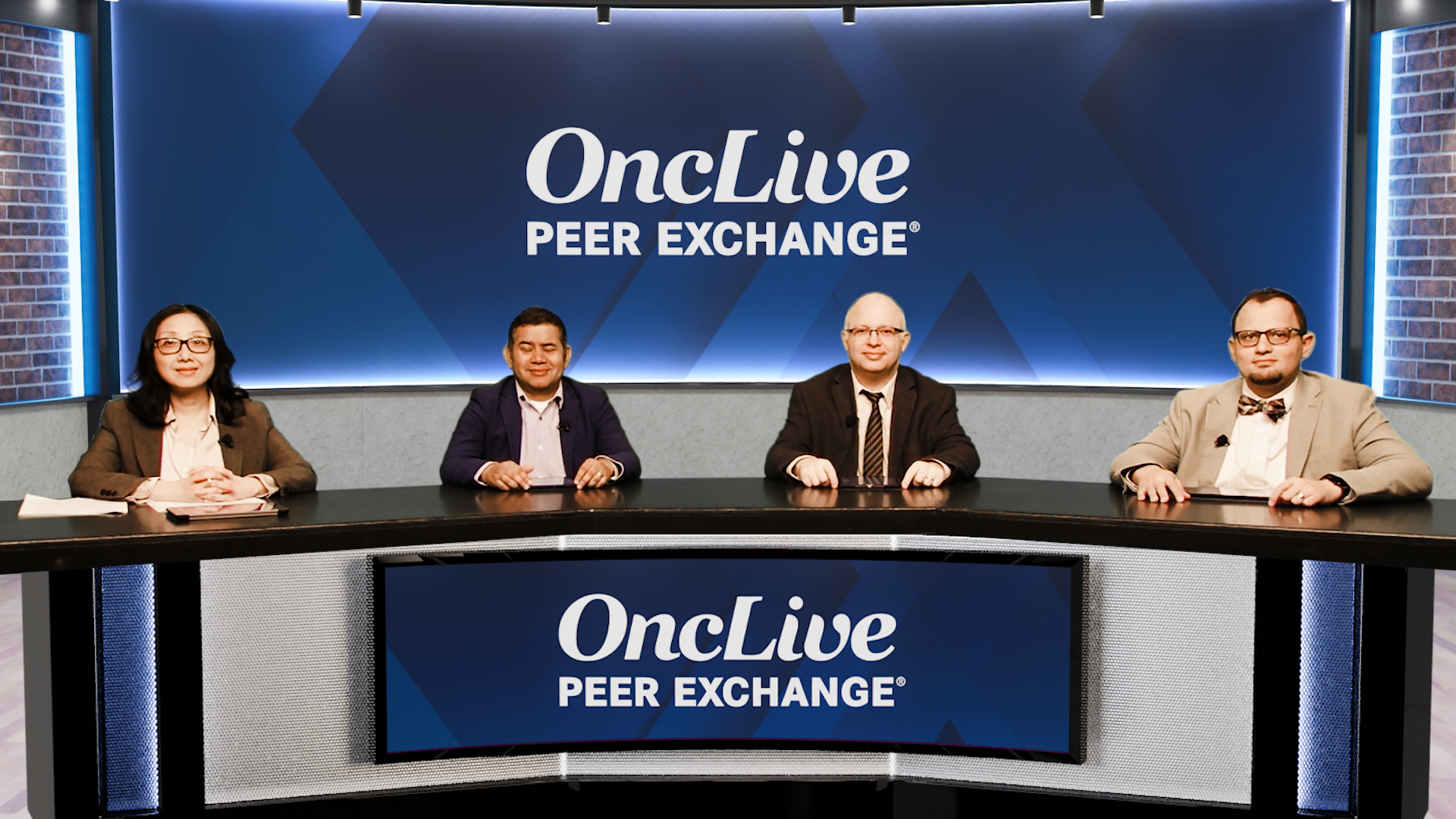The treatment landscape for patients with relapsed multiple myeloma is evolving, with the introduction of therapies such as CAR T, bispecific antibodies, and antibody-drug conjugates (ADCs). This increased variety has complicated the sequencing of treatments, with healthcare providers needing to consider a range of factors to optimize patient outcomes.
Therapeutic Options and Patient Considerations
CAR T therapy remains a preferred option for patients deemed fit, primarily due to its potential to provide significant treatment-free intervals. These intervals can enhance a patient’s quality of life, allowing for recovery without the constant burden of treatment. In contrast, therapies like belantamab highlight the advantages of accessibility and ease of administration, which are particularly beneficial for patients who may not qualify for cellular therapies.
ADCs are particularly well-suited for patients experiencing early relapses. In these cases, logistical barriers can hinder access to more complex treatment modalities. The simplicity and effectiveness of ADCs make them a viable choice, ensuring patients receive timely care without the complications that can accompany more intensive therapies.
Personalized Treatment Approaches
As the treatment landscape becomes increasingly intricate, the decision-making process for healthcare providers is shifting towards a more personalized approach. Factors influencing therapy selection include prior treatment responses, individual patient preferences, and the logistical feasibility of administering specific therapies. Furthermore, the toxicity profiles of available options play a crucial role in determining the most suitable course of action for each patient.
This evolving scenario underscores the necessity for a flexible strategy in managing relapsed multiple myeloma. Healthcare providers are tasked with carefully balancing the potential benefits and risks associated with each treatment option. By tailoring therapy sequences to the unique circumstances of each patient, it is possible to enhance treatment effectiveness and improve overall outcomes.
In conclusion, the landscape of therapies for relapsed multiple myeloma is rapidly changing. With a broad array of options now available, healthcare providers are better equipped to make informed, patient-centered decisions that prioritize accessibility, efficacy, and patient quality of life. As clinical practices continue to adapt, the emphasis on personalized treatment will likely lead to improved patient experiences and outcomes in this challenging area of oncology.





































































